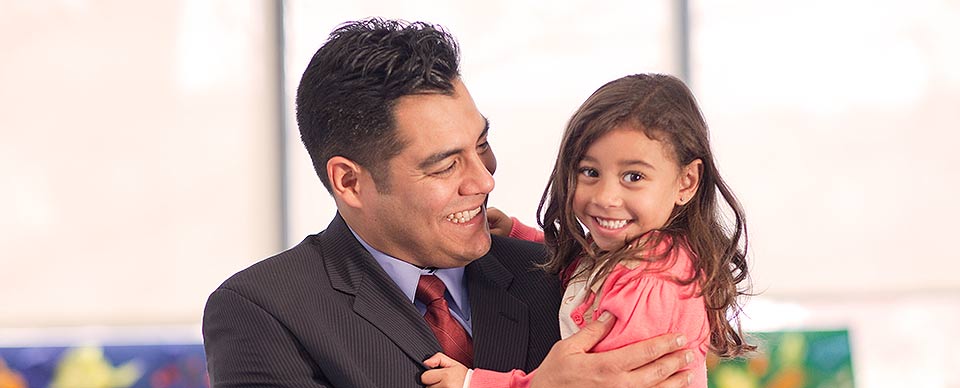Thanksgiving is a special holiday: a whole day focused on spending time with loved ones and being thankful, without much of the commercialism that has crept into many other holidays. But before you pull up to the table to enjoy your delicious Thanksgiving feast, consider the opportunities this day presents to teach children about the important values of Thanksgiving, such as thankfulness, gratitude, and family.
How to Teach Children the Meaning of Thanksgiving
Here are a few tips to teach and model important Thanksgiving lessons during the holiday:
- Talk about why we celebrate Thanksgiving. Connect your celebration to the original story of the fall harvest celebration that brought together struggling, starving Pilgrims and generous Native Americans.
- Turn the television off during family time. Yes, there are the parades, football games, and specials, but try to keep most of Thanksgiving about the conversation and time spent with loved ones.
- Talk about family traditions and tell stories. If your celebration involves multiple generations or multiple families, talk about traditions, “the good old days,” and your own childhood. Stories teach children about life and history.
- Put aside differences. Families can be wonderful and enjoyable, but tension and stress are often a part of family get-togethers. Vow to put aside differences on Thanksgiving and focus on the aspects of your family for which you are grateful. While easier said than done, this provides an excellent model for children as they learn about relationships and family.
- Talk about your Thanksgiving feast. Talk to children about where food comes from and how it was prepared. Everyone can share what their favorite food is and why.
- Be thankful. Focus on the things you are thankful for; ask everyone at the table to say what they are thankful for or make a list of what your family is thankful for. To take this gratitude lesson to the next level, you could perhaps even hang poster board on the wall and ask everyone to write things they are thankful for throughout the day.
- Share & donate. Thanksgiving is a celebration of sharing and abundance. Develop a tradition of sharing with those who have less and involve children in contributing to a food shelter or other charities. This can help children to be thankful for what they have and learn the importance of helping others.
- Create something for Thanksgiving together. Whether you’re cooking with your children or creating a craft, involving kids in the preparation or an activity is a great way to celebrate and enjoy family time. Don’t worry if the potatoes have a lump or two; the memory-making experience is worth it.
- Have fun. Sometimes children spend long hours at the kid’s table while grown-ups talk and talk. Be sure fun family activities and enjoying one another is a top priority on Thanksgiving. Maybe you can start a new tradition like going outside and playing a family game of football, or even creating a Thanksgiving Trivia activity.
Here are a few fun facts to get you started:
>A ripe cranberry will bounce.
>All turkeys and chickens have wishbones.
>Canadians celebrate their own Thanksgiving every October.
>Abraham Lincoln declared a national day of Thanksgiving in 1863.
>The first Macy’s Thanksgiving Day Parade was held in 1924.
From our family to yours, however you spend your day, we hope you have a safe, healthy and delicious Thanksgiving with family, friends, and neighbors.

